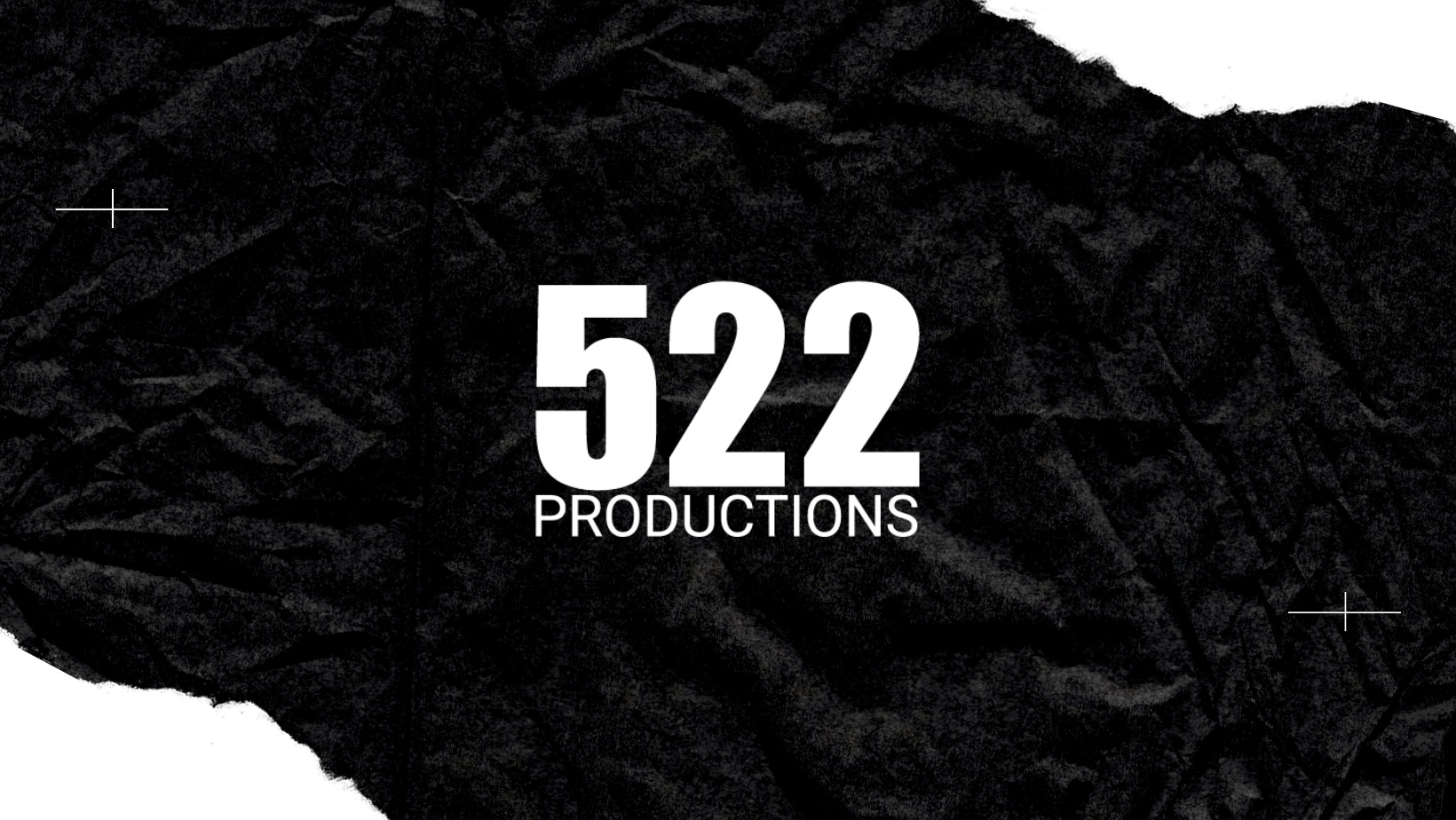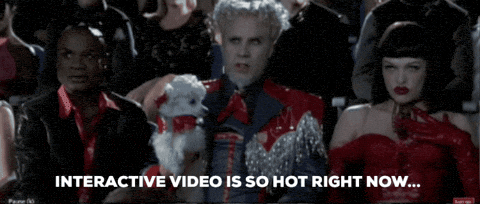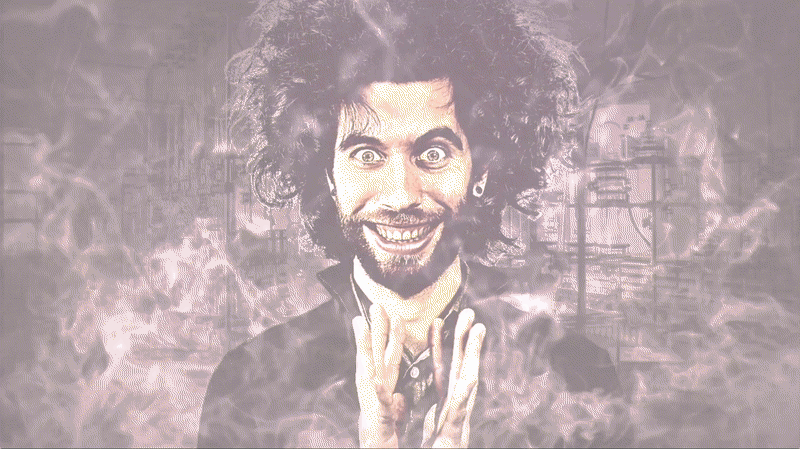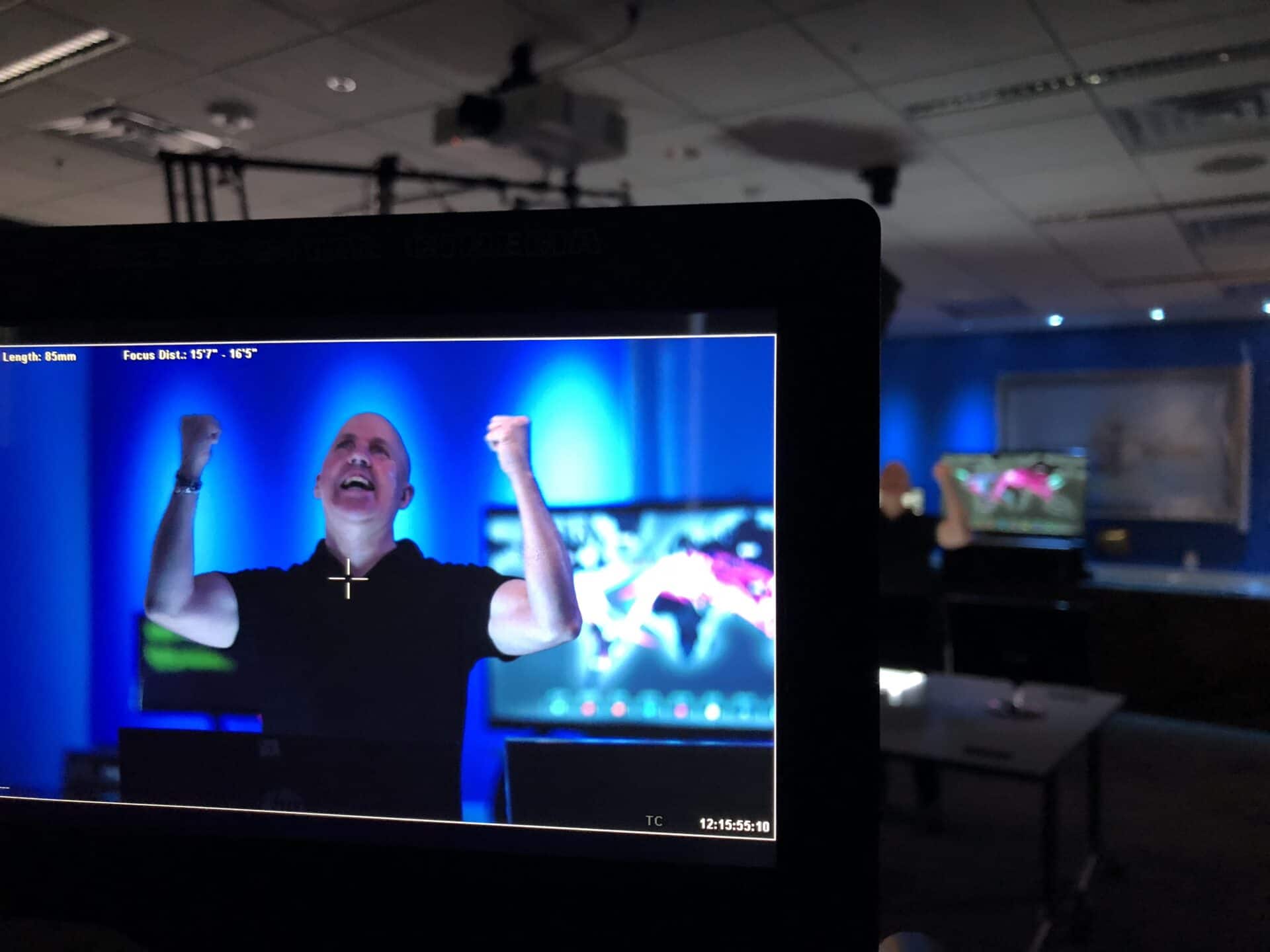Rough cuts are exciting. It’s been a little while since the shoot, and you’re dying to see the fruit of your labor. But sometimes, that excitement can get you a little carried away.
We always include a list of suggestions in our email with the video. But often times the content of that email is ignored. Clients get too anxious and just want to see the video.
But slow down. Relax. And just keep these things in mind to keep you on schedule:
Watch it straight through
– The first time you get a rough cut, watch it all the way through. Don’t pause if someone says something wrong, or scroll back if someone wasn’t wearing proper clothing. Watch the whole story- otherwise you might miss things.
Ignore how long it is
– Focus on whether or not the video accomplishes what you set out to achieve. If it’s two minutes longer than anticipated but does an excellent job meeting expectations and doesn’t “feel” too long, it might not need to be trimmed.
Focus on the story
– Don’t worry if the music’s too loud, or a shot is too shaky. At this point, the most important thing is the story. Does it make sense? Is it easy to follow?
The call to action
– Your video should have a clearly defined purpose. It should inspire the viewer to take action, or want to learn more. Is it clear what you want them to do? Does the footage support that action?
Tone and pacing
– After watching the video through at least once uninterrupted, take a moment to concentrate solely on the tone and pacing of the video. Were the cuts too fast? Not fast enough, causing the video to drag? Was the music too dark? Too cheery? Did the imagery match the content?
Expect color and audio issues
– This is a rough cut. Resist the urge to jump all over the Editor for low audio, or a shot being blown out. Again – focus on the story.
Get everyone on your team involved
– This is actually a great time to get feedback from key personnel. Don’t be afraid to share with them too early. If they are hypercritical by nature, getting them involved early might actually be a good thing before they make a suggestion at the end of the process that sends you back three steps.
One consistent conduit
– Send all feed back through one person. Filter all comments and send one, organized email. It’s too easy for things to get lost in long email chains, or when multiple people provide suggestions.
Motion Graphics
– We often include proof of concept motion graphics in our rough cuts intended to give clients an understanding of what they will look and feel like before we fully execute them. That way adjustments can be made early in the graphics process so we save time moving forward.
And that should do it.
If you’re interested in finding out more about the editing process, check out Phil Wolf’s blog about what it takes to cut a video.






